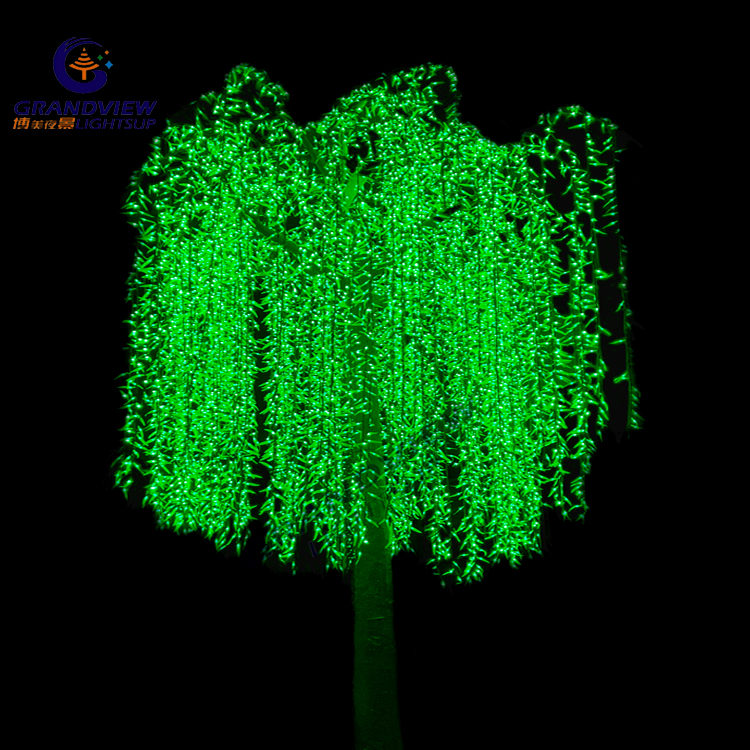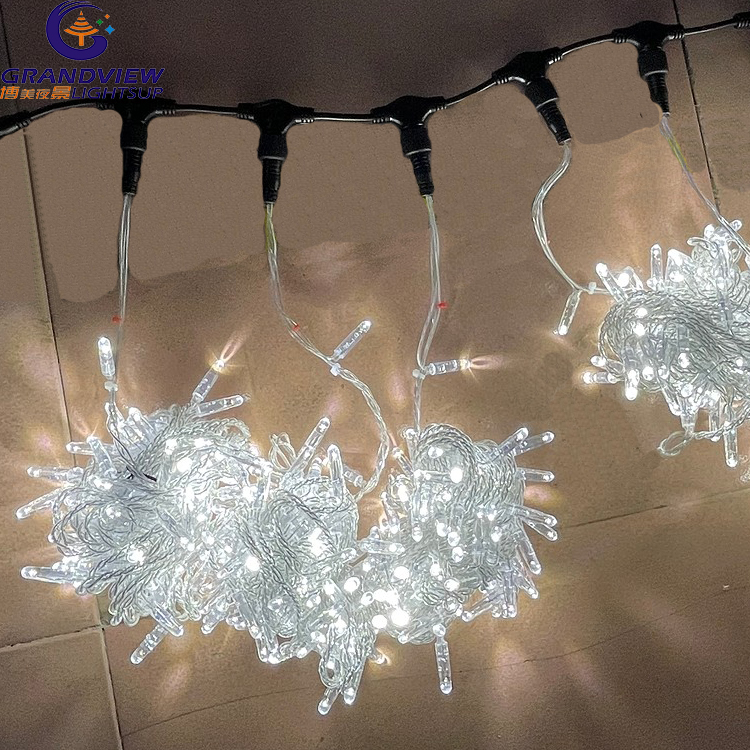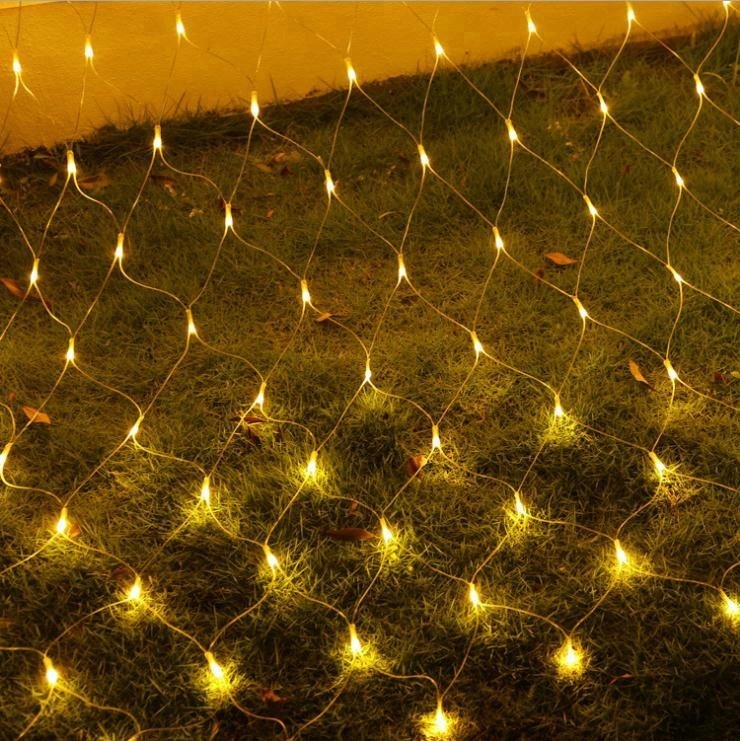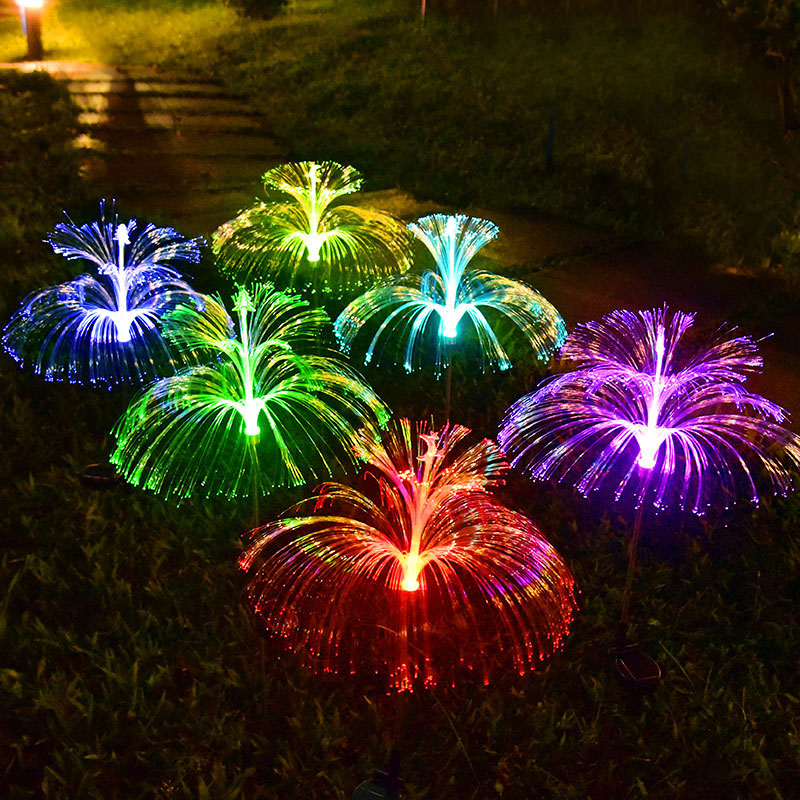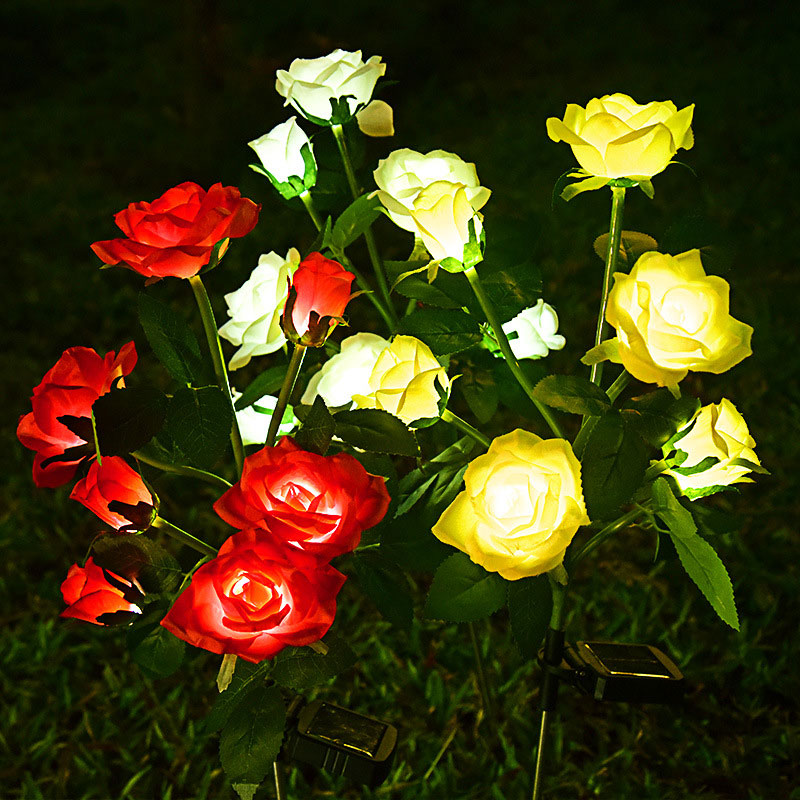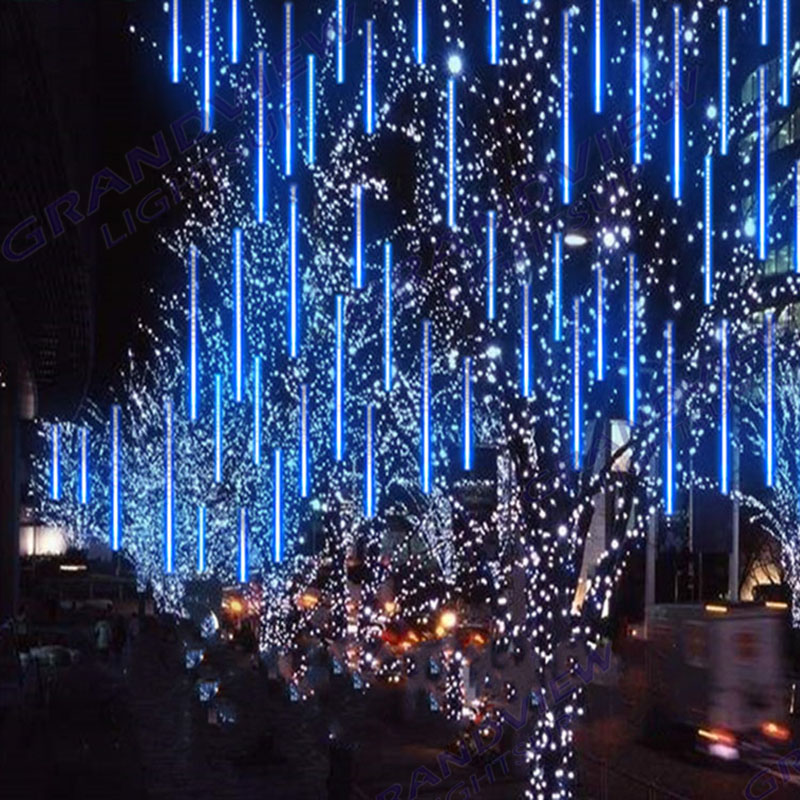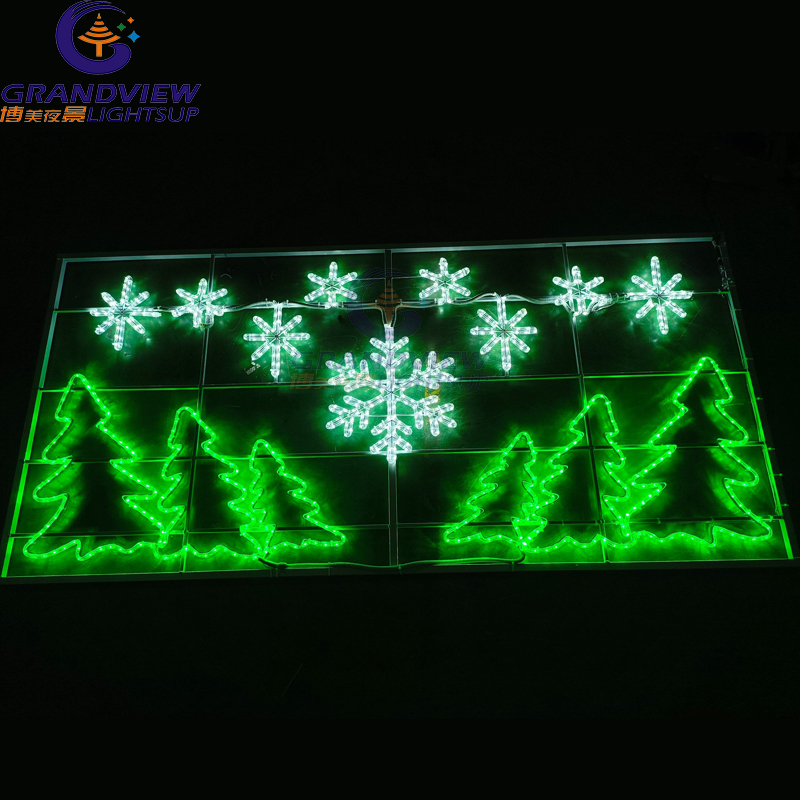Natural Light: A Timeless Inspiration Across Cultures
Natural light has long been a core muse for artists worldwide, as its shifts with time and seasons create endless possibilities for expression. In Western painting, the Dutch Golden Age master Johannes Vermeer was a virtuoso in using natural light to convey intimacy and tranquility. His iconic work Girl with a Pearl Earring relies entirely on soft, diffused natural light streaming through a window. The light gently caresses the girl’s cheek, turning her skin into a warm, creamy tone, while casting a subtle shadow behind her—this contrast not only emphasizes the three-dimensionality of the figure but also evokes a sense of quiet mystery. Vermeer’s use of natural light reflected the 17th-century Dutch middle-class culture, which valued modesty, domestic peace, and the beauty of everyday life.
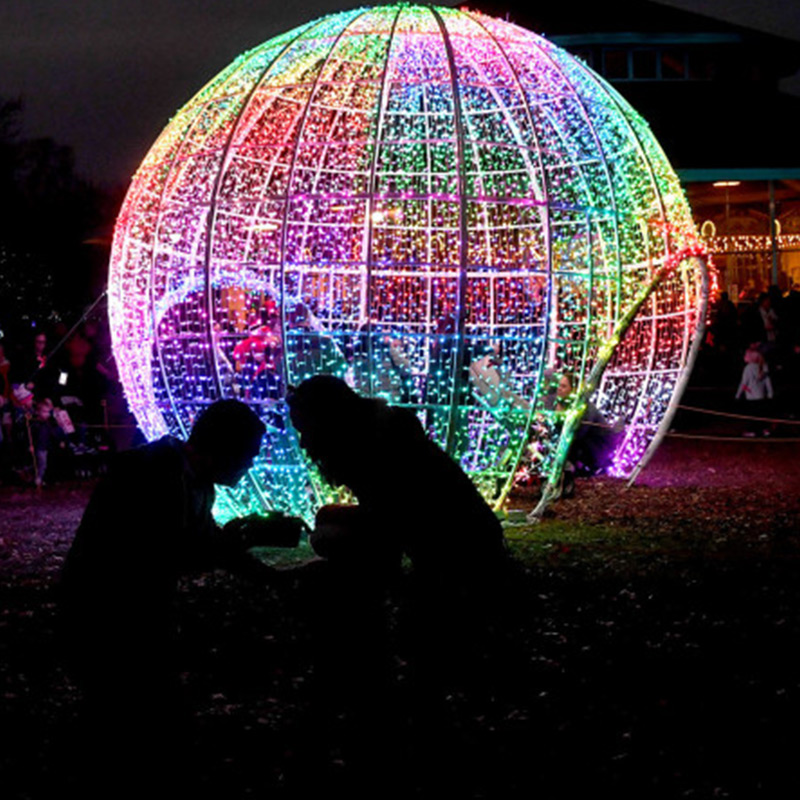
In architecture, natural light is equally pivotal in shaping cultural identities. The Gothic cathedrals of Europe, such as Notre-Dame de Paris (before the 2019 fire) and Chartres Cathedral, are masterpieces of harnessing natural light to convey spiritual meaning. Their towering stained-glass windows—adorned with biblical scenes in vibrant hues—transform sunlight into a kaleidoscope of colors. When sunlight filters through these windows, it bathes the cathedral’s interior in a sacred, ethereal glow, creating an atmosphere of awe and devotion. This design was intentional: medieval architects believed that light was a symbol of God’s presence, and the interplay of light and shadow within the cathedral guided worshippers toward spiritual reflection. This use of natural light perfectly embodied the religious and cultural values of medieval Europe, where the church was the center of community life.
Artificial Light: Expanding Artistic Boundaries in Modern Times
As technology advanced, artificial light emerged as a game-changer, allowing artists to break free from the constraints of natural daylight and explore new dimensions of creativity—especially in contexts that resonate with global audiences. In contemporary stage art, the Broadway musical The Phantom of the Opera is a brilliant example of how artificial light enhances storytelling. During the iconic “Masquerade” scene, bright, glittering spotlights sweep across the stage, illuminating elaborate costumes in gold and crimson. The dynamic light shifts mirror the chaos and grandeur of the party, drawing the audience into the opulent world of 19th-century Parisian opera. In contrast, during the Phantom’s lair scenes, dim, cool-toned lights (predominantly deep blues and purples) are used, with a single spotlight focusing on the Phantom’s masked face. This lighting choice creates a sense of darkness and isolation, highlighting the character’s tragic loneliness. Such intentional use of artificial light not only amplifies the emotional impact of the story but also reflects the Western theatrical tradition of using visual elements to deepen narrative depth.
In photography—a medium beloved globally—artists use both natural and artificial light to capture cultural moments. For example, Steve McCurry, famous for his Afghan Girl portrait, often uses natural light to document the resilience of people in war-torn regions. In his photos of rural communities in India, the harsh midday sun creates strong shadows, which accentuate the weathered faces of farmers and the texture of their traditional clothing. These light and shadow details do more than just record appearances; they tell stories of hard work, heritage, and the connection between people and their land—themes that resonate with audiences worldwide, regardless of cultural background. In studio photography, artists like Annie Leibovitz use artificial light to redefine celebrity portraiture. For her portrait of Queen Elizabeth II, Leibovitz used soft, even lighting to highlight the queen’s dignified expression while minimizing harsh shadows, balancing the monarchy’s grandeur with a sense of approachability—a blend of tradition and modernity that transcends cultural borders.
Light and Shadow: A Bridge Between Cultures
From the ancient cave paintings of Lascaux (where early humans used firelight to create flickering illusions of animals) to the modern LED art installations in Tokyo’s TeamLab Borderless, light and shadow have always been a common language of art. They allow us to appreciate the similarities and differences in cultural expressions: while Chinese traditional gardens use natural light to create “borrowed scenery” (a concept of integrating outdoor light and greenery into indoor spaces), Italian Renaissance villas use sunlight to highlight frescoes that celebrate humanism.
As technology evolves—with innovations like projection mapping and virtual reality—light and shadow will continue to break new ground in art. They will not only showcase the uniqueness of each culture but also build bridges of understanding between them. In the end, whether we are standing in front of a Vermeer painting in Amsterdam or a traditional Chinese pavilion in Suzhou, the magic of light and shadow reminds us that art is a universal experience—one that unites us all in our love for beauty and storytelling.


